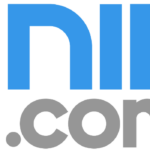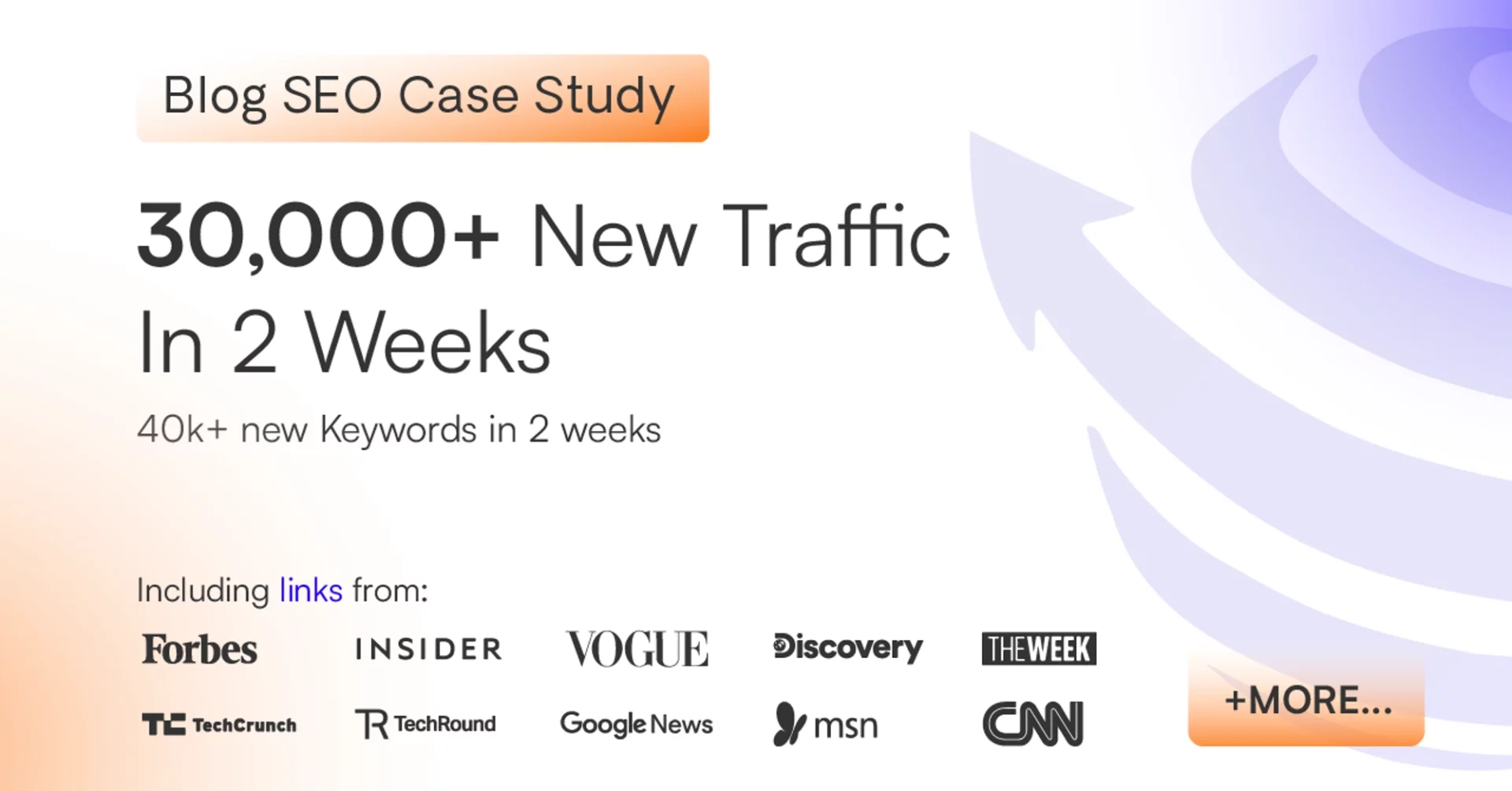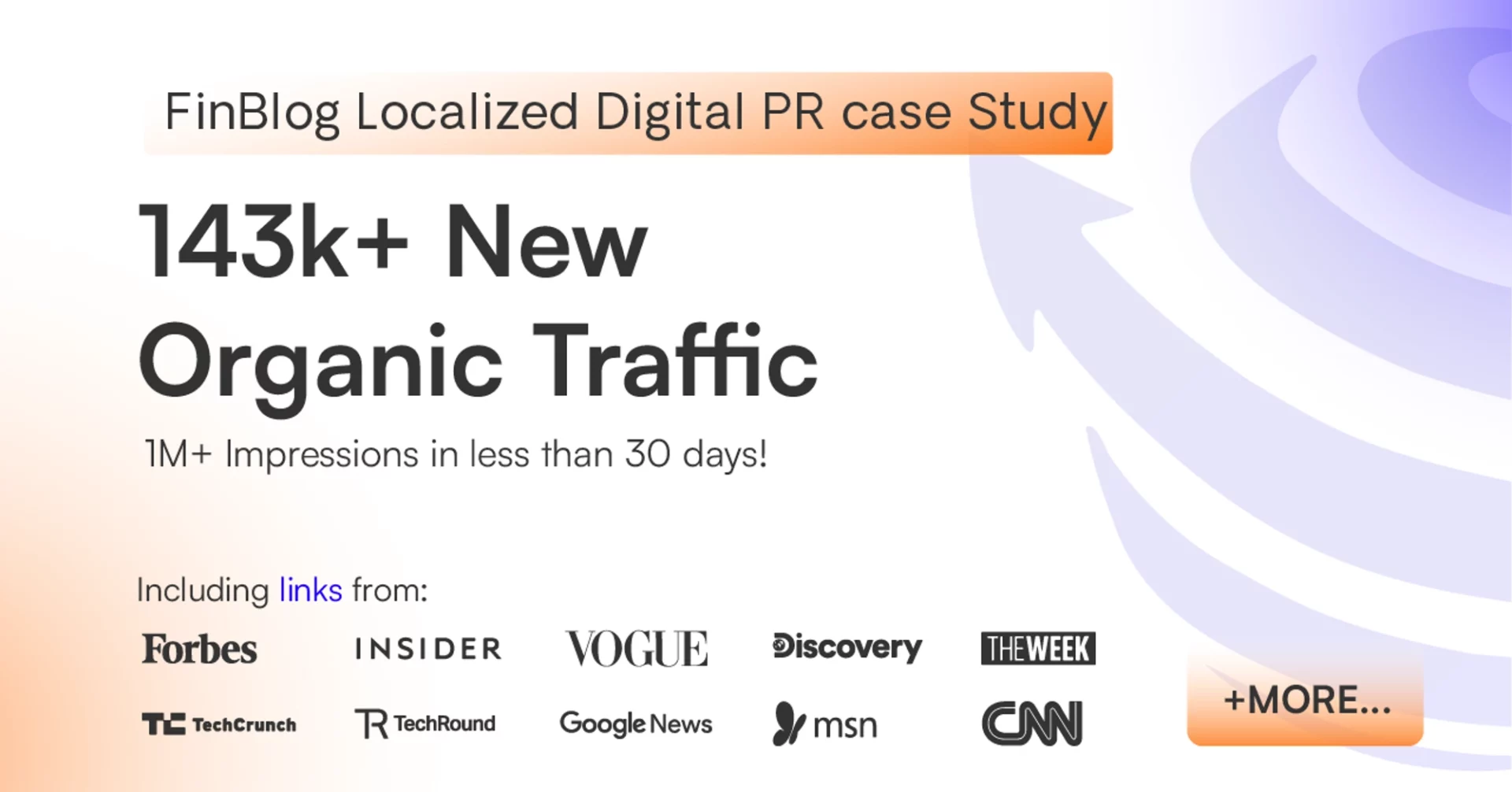Overview
PickyEater is one of the largest food blogs in the world. Anjali, the owner of this blog, is a certified health nutritionist and writes all the content in her blog herself. For the past two years, we’ve been building links for PickyEater and helped them cross 300k+ monthly organic traffic from a starting base of 50k+/m.
So, they had a robust backlink and E-E-A-T profile. But you know? Link-building is a never-ending process. The more backlinks your site has, the more ranking strength you get.
In this case study, I’ll explain how we leveraged our Content-Led PR campaigns to bring efficient SEO results for PickyEater.
Objective
With a strong E-E-A-T profile, PickyEater only wanted to diversify the backlinks using our campaign. It was lucrative to them, as the campaign offered links from sites that could not be purchased with immense quality and power. And, of course, doing anything in SEO means increasing visitors, which you can turn into readers, leads, or customers. Always a plus!
Campaign Plan
Depending on traditional link-building, PickyEater had a limitation in the quality of its links even though it was quite strong. To fill the voids, we offered them our best link-building campaign— Content-Led Digital PR.
In this strategy, we use Content as a foundation and PR tactics in SEO to ‘attract’ backlinks from A-list publications such as Forbes, Business Insider, Bloomberg, Vogue, Investopedia, and many, many more!
So, we needed to write link-worthy content now to attract journalists from such high-profile publications. Even before that, we need an idea!
That’s how we formed our 3-step process, ICP: Ideation, Content Creation, and PR Outreach.
Ideation, Content Creation, and PR Outreach (ICP)
In this section, I will show you a breakdown of our whole process to earn Content-Led Digital PR backlinks!
Step #1: Ideation
As Anjali’s blog always provides value to her readers, we required a linkable asset in the form of content that also resonates with PikyEater’s audience.
Keeping the F & B industry at the back of our minds, we started to research such content ideas, a knowledge gap in the industry, with the ability to attract high-quality backlinks.
After carefully considering loads of whitepapers, news, and industry research, our data scientist came up with an idea to write a data-report on the “World’s Most Popular Cuisines”.
This topic was trendy, connects the client’s readers, and had the ability to attract journalists. So, how did we write it?
Step #2: Content Creation
A team of four— Content Manager, Data Scientist, Content Writer, and Visualizer was tasked to compile data, analyze, and write this piece for outreach.
- Social Media as a Research Tool: We leveraged Social Media, specifically Instagram, to craft a data-backed report. Using hashtag features of Instagram, we identified the most frequently mentioned cuisines, meal types, and food-related hashtags.
- In-depth Data Analysis: Well, Instagram helped us to find and collect the data, but that was not all. Our Data scientist sorted all the data and analyzed them to rank the top cuisines in the world.
- Crafting the content, finally: With booming raw data with sufficient details, the files were sent to the crazy tables of our content writers. They made the data alive, crafting words to explain these boring data easily to the audience.
[Image]
- Engaging Visuals: After content writers, it was the turn of visualizers, who ideated and generated a compelling infographic to present key ranking information in the most appealing way possible.
How did it look? Check out the detailed research on the client’s page here.
Step #3: PR Outreach
With a stellar content asset ready, it was time to pitch. We targeted journalists who usually cover food and beverage-related news, explaining why our content would resonate with their audiences.
Finally, we crafted personalized pitches and waited for results. As placements rolled in, we monitored performance and refined messaging to convert more tier-1 media contacts.














